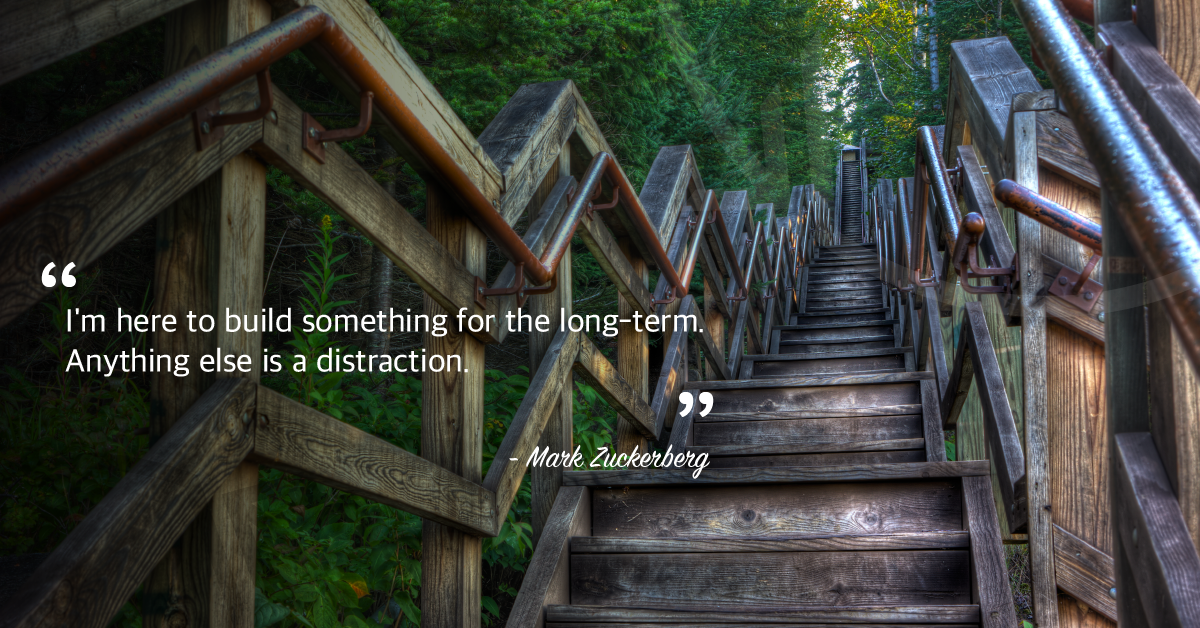
Startup businesses fail when the founder lets his original idea take precedence over solving market problem. It seems common sense that falling in love with your original idea clouds your thinking but what’s common sense is oftentimes not common practice. The success formula for any startup entrepreneur is ludicrously simple: First, Stop being attached to your big idea. Second, start finding a market for this idea before you roll this idea out. Failing to do so will expose you to waste a lot of time and money on a product or service no one wants.
Related: How the Lean Method Helps launching your Start-Up business
Finding a real problem to solve is a foundational principle for having a business. If some of your original iteration worked, like the Instagram case, it might be relevant to consider how you can maintain your original idea while tweaking what worked to make it more effective. Or, worst case scenario, reduce what didn’t work so it is less disruptive to your business model. That is what we call a pivot. It is a shift in your business strategy to test a new workable solution. It is a strenuous process of a series of untested hypothesis that need to be validated in the marketplace. We’ve elaborated on this in our blog that tackled the reason No.13 of the failing startup businesses. This form of pivoting is rather evolutionary and soft.
Related: How Planning is Important in Today’s Darwinian Economy
The evolutionary pivot is just adjusting to the market. The revolutionary pivot, that stands at the other extreme, is a revolutionary one. It is the hard pivot that means getting rid of the things that sap the company’s resources and money and start anew. Yes, a new! A new idea, a new market, and a new business model. This is the solution to the last reason – reason No. 20 – that failed 7% of the post mortems according to CB Insights. Nothing destroys your business more than carrying on with something you lost interest in. Or, as one of the failing startups put it:” if there’s no revenue, it’s easy to get distracted and lose interest.”
No business can survive for long without making sales. When your original idea stops bringing you money, do whatever it takes to bring your business to life. Even if it means changing your product, your market, or your business entirely. Such a hard pivot approach was what makes a 15-year-old brand a massive success today. That brand is YouTube.

When we reverse engineer YouTube and dissect the various components behind its success, 3 components are worth considering. The first component is to stay true to your overarching vision. In January 2005, two former PayPal employees were mesmerized by the potential of the internet. They shared a vision of being the go-to place for providing the online video service. Being inspired by HotOrNot dating site, they designed a website where anyone could upload a video that everyone else could view. They choose “Tune in, Hook up” as a slogan.
Related: Why Vision is a Key Ingredient for Success
In the beginning, very few people visited their website. The website picked the video for you and because there were so few videos, web visitors went bored and never visit again. YouTube founders decide it’s time to pivot hard and adopt a different strategy. They stopped the dating site once and for all and opened the site to any video. They asked people to upload a video and share it with their close circles. People uploaded videos and share them with everyone.
By providing easy sharing mechanism, YouTube managed to accelerate the growth of online videos. In 2006, YouTube was acquired by Google for around $1.65 Billion in stock. Since then, YouTube succeeded in positioning themselves as the primary provider of online video. Lesson learned: keep your eyes focused on your long-term vision and avoid making rash decisions that might compromise that vision.

The second component is to build a sustainable business model. That model is the advertising model. This model offers the basic product -videos- for free in order to make money from advertising. This is the most relevant business model when it comes to the economy we are in: the attention economy. This online media, be it YouTube or whatever, wants to keep you as long as they possibly can in order to sell you to advertisers. I know it’s a bitter pill to swallow: being the target. As those media companies are not selling products to you but selling YOU to advertisers.
Related: How To Regain Your Focus In The Pay-Per-Click Economy
The third component is to Trust the process. Being less worried about the means of getting to your destination, will help you get there the soonest. Remember, all roads lead to Rome. Trusting has a lot to do with faith. When YouTube started out as a dating site, they found that nothing hits the mark. Therefore, they changed things dramatically. They ditched the concept of the dating site and started trying something new under the umbrella of online videos. They focused on the execution part and strived for putting uncompromising frameworks for the video providers.
Related: How Your Focus On The Process Is More Fulfilling
Falling in love with your original business idea can be detrimental to your success. When your original idea failed to monetize, start revisiting your vision of why you started out in the first place; second, build a robust business model of how you can generate revenues; and thirdly, trust the process that everything will be fine at the end because if it’s not fine, it’s not the end.



